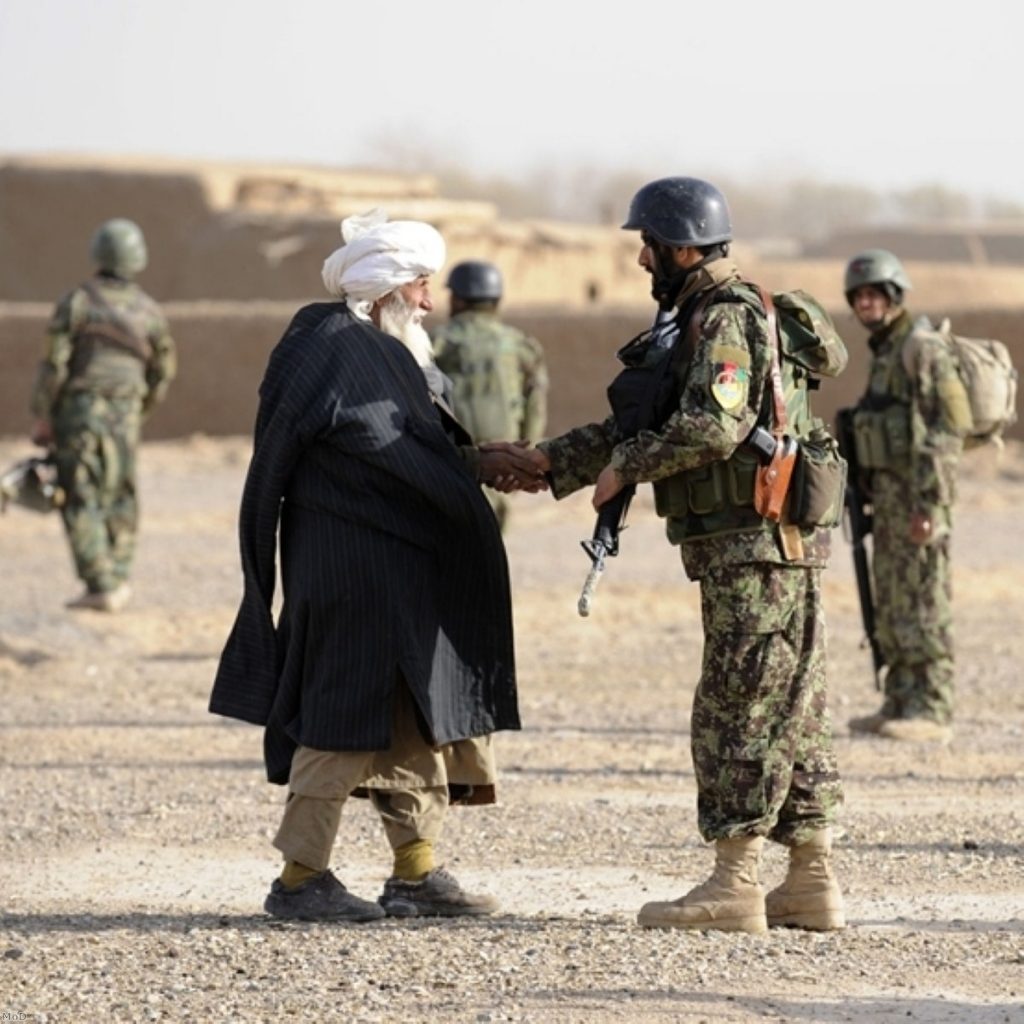Analysis: Fragile progress in Afghanistan
In Afghanistan’s battle for hearts and minds, symbolism is everything.
The war in Afghanistan is not about defeating the Taliban in pitched battles. It’s not even about making sure offensives like Operation Moshtarak succeed in taking and holding ground. It’s about persuading ordinary Afghans they can feel safe enough that the Talibans are never going to come back.
‘Winning hearts and minds’ peaked as a cliché in the first years after the 2003 invasion of Iraq. Since then the phrase has become tainted by that drawn-out failure, but it exactly describes the counterinsurgency tactics currently being implemented in central Helmand.


It’s been just a fortnight since Moshtarak got under way. International Security Assistance Force (Isaf) moved south into the Marjah district of the densely-populated “crucible” of Helmand province, an area dense in agricultural and economic activity.
Yesterday saw a fundamental act of symbolism take place. Despite the fact that peripheral areas of Marjah have still not yet been fully ‘cleared’, locals gathered to witness Afghan government officials raise their flag over the town.
Seeing the Afghan police “jolting to attention”, Major-General Gordon Messenger told journalists gathered in Whitehall, was “a moving moment for those guys”.
As well as the flag-raising we were told of an “innovative” new way of deterring Taliban militants. In the last week a foot patrol operating in the area covered by the offensive came under fire. The patrol did not feel so under threat they needed to call in an air strike, Maj Gen Messenger insisted; but they wanted some sort of assistance.
Instead fighter jets used a new “show of force” technique: “flying low over them, to deter attacks, without actually dropping ordnance”. This is the 21st century equivalent of pummelling one’s chest and shouting ‘ook’, but it clearly works.
It’s not just the martial act of conquest which matters; what follows is even more critical. The initial ‘stabilisation’ stages of Moshtarak appear laughably simplistic: solar-powered radios to help governmental communication, providing work-for-cash opportunities, and even the opening of shops shut by the Taliban are hailed as basic but effective measures.
Reconstruction plans have a comprehensive approach, however. The Afghan government is building schools and training teachers. Road and bridge building projects are getting underway. And plans to help 27,000 farmers in March with seed distribution are viewed as being crucial to success.
“It’s very important being a symbol – that they can be shown to have a legal viable livelihood,” Lindy Cameron, head of the Helmand provincial reconstruction team) said.
Helmand governor Gubal Mangal goes even further. He is determined to ensure the offensive into Marjah and surrounding areas is so successful it acts as a textbook example for future similar missions across the country.
“The operation is going well but the government of Afghanistan must now prove that it offers a better, fairer and more effective alternative to the Taliban,” international development secretary Douglas Alexander pressed today.
Despite all the efforts of the reconstruction team in Helmand, where insurgent activity is “levelling off” as the Taliban struggles to form a coherent response to the heavy military presence there, explosions in faraway Kabul proved a reminder that the war in Afghanistan is far from over.
“They are finding it difficult to find a coherent response,” Maj Gen Messenger added. “That is not to say they will not provide incoherent responses.”
One of these incoherent responses killed 17 people and left a further 32 injured in central Kabul this morning. A gunfight and sporadic attacks on a popular hotel followed the main attack on a busy shopping area, as the Taliban once again demonstrated its ability to launch coordinated assaults on the heart of the country’s government.
That matters. Isaf doesn’t have a monopoly on symbolism.

